SUMMARY
This is AI generated summarization, which may have errors. For context, always refer to the full article.
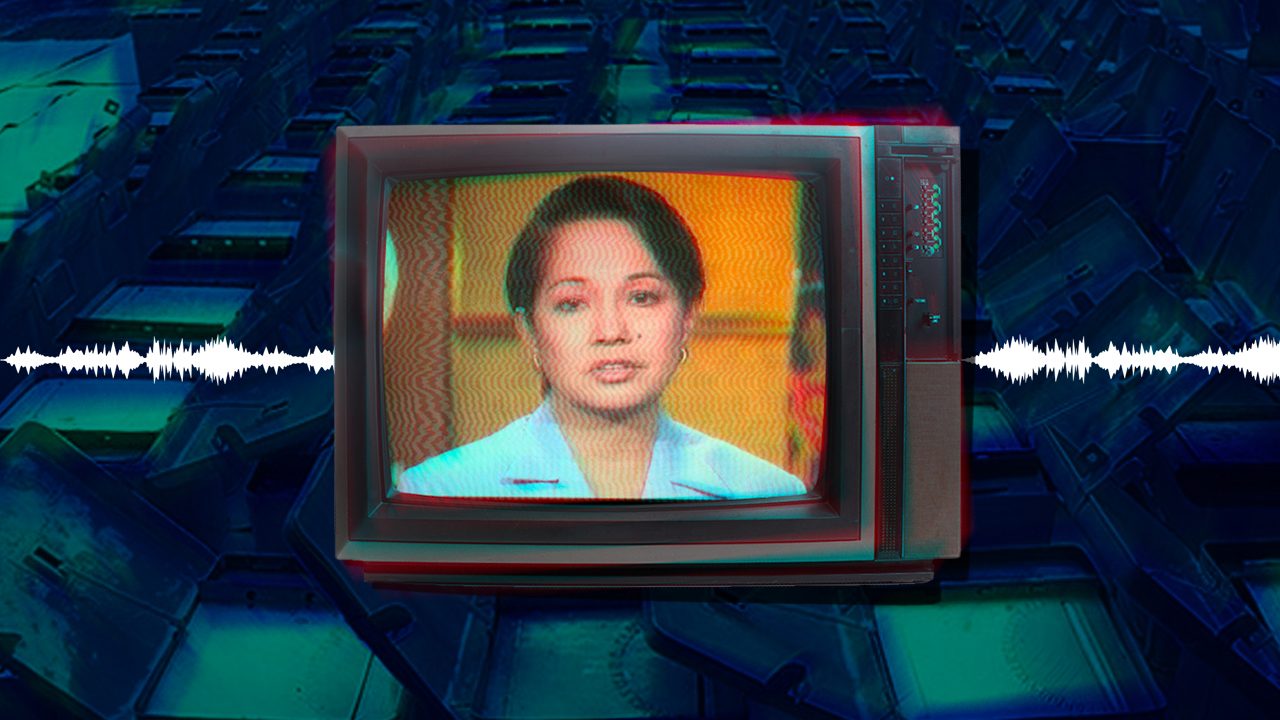
A recorded call where United States President Donald Trump appeared to be pressuring a Georgia official to change election results in the state is reminiscent of the “Hello, Garci” scandal also involving a president that disturbed the Philippines over a decade ago.
On Sunday, January 3, the US media released a recording of an hour-long call between President Trump and Georgia Secretary of State Brad Raffensperger, where Trump appeared to alternately flatter, beg, and threaten Raffensperger in an attempt to undo his loss in the traditionally Republican-leaning state.
In the Philippines, many have compared the controversy to that of the Philippines’ very own “Hello, Garci” scandal, which involved wiretapped phone conversations between then-president Gloria Macapagal-Arroyo and then-Commission on Elections (Comelec) director Virgilio Garcillano about allegedly rigging the results of the 2004 presidential election.
Over 15 years since the “Hello, Garci” controversy broke, Rappler revisits the scandal about the alleged poll fraud.
Where did ‘Hello, Garci’ come from?
The phrase came from leaked recordings of a conversation between Arroyo and Garcillano in 2004. The recordings, believed to have been made by people from the armed forces’ intelligence unit, were released in June 2005.
“Hello, Garci? So will I still lead by more than one M [million] overall?” Arroyo said in the recordings. Garcillano replied, “More or less, it’s that advantage ma’am. … Pipilitin ho natin ’yan (We will force it).”
The phrase “Hello, Garci” became so popular that a part of the recording was turned into ringtones that were downloaded 350,000 times and used by an estimated one million Filipinos at the time.
In a statement on June 27, 2005, Arroyo admitted it was her voice in the recordings, but insisted that the conversation was not about rigging the elections. Still, she apologized to the nation and said that the call was “a lapse in judgment.”
In July 2005, Garcillano spoke publicly for the first time and also denied allegations of cheating. Key members of Arroyo’s Cabinet – including those who convinced her to do the “I am sorry” broadcast – resigned and also called for the president’s resignation. Arroyo didn’t step down.
Three impeachment complaints against Arroyo were filed at the House of Representatives in the 13th Congress, and mass protests in the streets ensued.
What happened to the impeachment?
All 3 impeachment attempts against Arroyo failed.
The House of Representatives conducted proceedings in August 2005, but there were not enough legislative votes to impeach the president. The New York Times reported on August 30, 2005, that the political opposition “has not gathered the required 79 signatures to move the complaint to the full Senate for trial.”
On September 6 that year, the House committee on justice voted in favor of Committee Report No. 1012, which suggested that impeachment proceedings should cease altogether.
Another impeachment case was filed against Arroyo in 2006, but it was also crushed at the House of Representatives.
Key figures in the scandal
Big names cropped up during the height of the controversy. Where are they now?
Gloria Macapagal-Arroyo
Arroyo went on to face more impeachment complaints after the “Hello, Garci” scandal throughout her presidency, but she was able to complete her term until June 2010. She remained in power after she stepped down as president.
Arroyo was elected in May 2010 as congresswoman of Pampanga’s second legislative district, making her the second Philippine president after Jose Laurel to pursue lower office after presidency.
In October 2012, the Sandiganbayan issued an arrest warrant against Arroyo on a P366-million plunder suit. While still on hospital arrest, she was reelected as congresswoman in 2013.
She had been in hospital detention for nearly 4 years, until she was acquitted by the Supreme Court in July 2016.
Arroyo had been vocal about her gratitude to President Rodrigo Duterte for helping secure her acquittal. In Duterte’s first months as president, the High Court acquitted Arroyo of plunder. In July 2018, Arroyo became the Speaker of the House of Representatives.
Virgilio Garcillano
Garcillano ran for public office as congressman of Bukidnon in Northern Mindanao in the 2007 elections. During this time, he said he was not afraid to use the “Hello, Garci” tune in his campaign. He lost in the polls.
A 2011 report by Bulatlat.com said that Garcillano “was still able to get his retirement benefits from the Comelec, amounting to P3.1 million, plus monthly pensions.” The media outfit cited Taguig-Pateros Representative Alan Peter Cayetano as its source.
In 2012, former Bayan Muna representatives Neri Colmenares and Teddy Casiño filed perjury and falsification complaints against Garcillano for allegedly submitting a fake passport during congressional hearings in 2005 and 2006. In 2014, Garcillano was indicted by the Ombudsman.
Hermogenes Esperon
Esperon was mentioned by Garcillano in the tapes as the official he worked with for the relief of a senior officer in the Lanao provinces who was seen to be sympathetic to the opposition. Esperon’s involvement in the controversy has not been proven.
Esperon was operations chief during the 2004 elections and deputy chief of Task Force HOPE (honest, peaceful, and orderly elections), which was assigned to keep the elections peaceful.
In 2005, Esperon became the commanding general of the Philippine army amid allegations that he and his deputies took part in rigging the presidential elections in favor of Arroyo. In the September 12, 2005, issue of Newsbreak magazine, Esperon was quoted as saying, “I was just mentioned in the tape. That is not a prima facie case [against me].”
Esperon is now President Duterte’s National Security Adviser.
Benjamin Abalos
Though Abalos was not directly mentioned in the tapes, he was the chairman of the Comelec when the controversy exploded. Abalos, appointed by Arroyo, headed the Comelec from 2002 to 2007.
The December 5, 2005, issue of Newsbreak said Abalos appointed Garcillano as vice chair for personnel – the first time in Comelec’s history that the position was created – 3 months before the elections.
Abalos resigned from his post in 2007 amid a separate corruption scandal also involving Arroyo. Bulatlat.com reported in 2011 that Abalos received his retirement benefits from the Comelec amounting to P2.9 million, plus monthly pensions, according to Cayetano.
In July 2020, Abalos and his wife were reported to have tested positive for COVID-19. He has since recovered from the disease.
Hermogenes Ebdane
Ebdane was the chief of the Philippine National Police during the “Hello, Garci” scandal, and was tagged as the one who hid Garcillano at the height of the controversy. He was also said to have facilitated Garcillano’s “escape” to Singapore.
Ebdane became the Secretary of the Department of Public Works and Highways from 2005 to February 2007, and again from July 2007 to 2009. He is the current governor of Zambales in Central Luzon.
Lintang Bedol
Bedol, a lawyer and the former provincial election supervisor of Maguindanao, was accused of orchestrating the cheating for the Arroyo administration. In the taped conversation between Arroyo and Garcillano, Bedol was referred to as the person who would “find a way” to ensure Arroyo’s victory in 2004.
In 2007, the Comelec en banc found Bedol guilty of indirect contempt for repeatedly snubbing its summons, and sentenced him to 6-month imprisonment. Bedol’s camp appealed the ruling, arguing that the Comelec’s decision was contrary to law. Bedol lost the appeal then went into hiding.
The Supreme Court upheld Comelec’s decision in 2009 when it junked Bedol’s petition for reconsideration.
Bedol resurfaced in July 2011, then served his sentence until January 2012. Then-Pasay City Regional Trial Court Judge Jesus Mupas ordered Bedol’s continued detention at the PNP custodial as one of the accused in a separate electoral sabotage case.
In October 2019, the SC ordered Bedol’s suspension from the practice of law for irregularities he committed in a separate operation during the 2004 local election in Maguindanao.
– Rappler.com
Add a comment
How does this make you feel?
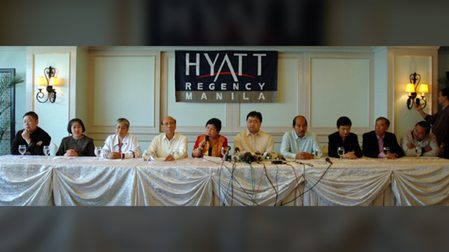
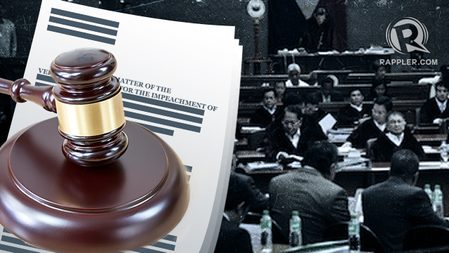
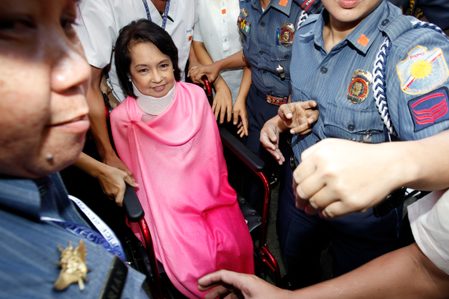

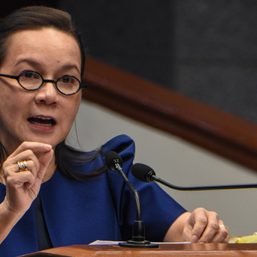
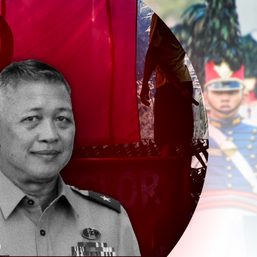
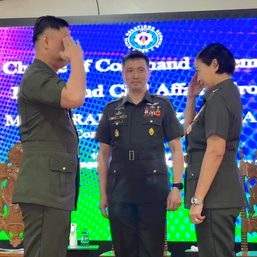
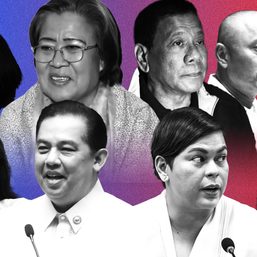
There are no comments yet. Add your comment to start the conversation.